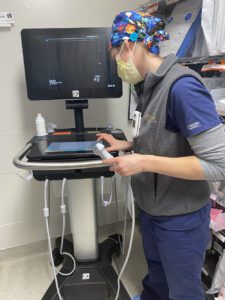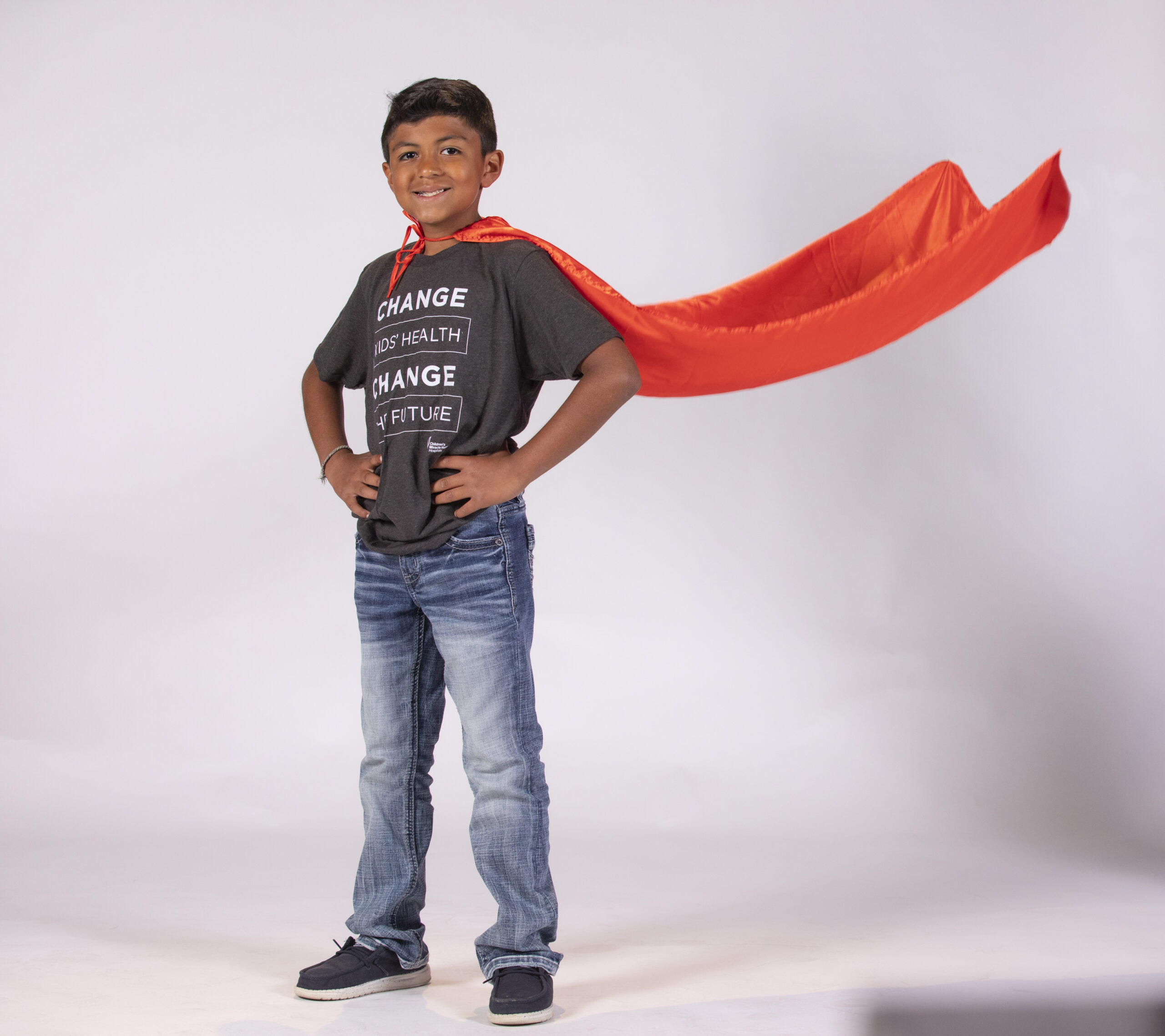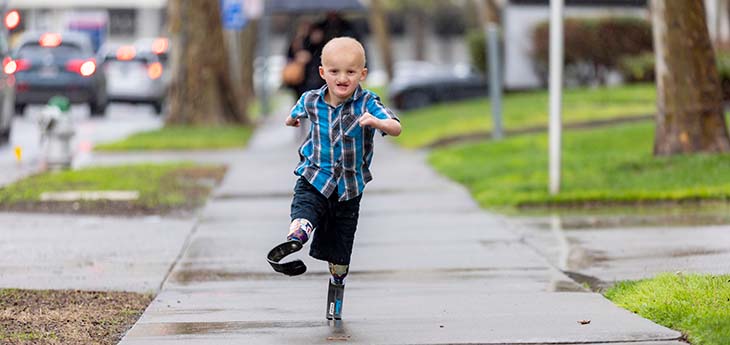New ultrasound equipment means fewer needle ‘pokes’ and less stress for pediatric patients

From lab draws to intravenous (IV) placement, needles can be particularly frightening for pediatric patients. This experience is often further complicated by the fact that children’s veins are harder to see, meaning more “pokes”. But a new portable ultrasound machine at UC Davis Children’s Hospital – funded by a Children’s Miracle Network Hospitals (CMN) grant – gives the care team a tool that helps minimize needle placement attempts and more importantly, lessen the stress and pain involved.
“We have had so much success using this device,” said Jonathan Trask, critical care nurse at UC Davis Health and author of the CMN grant. “When we’re able to directly visualize kids’ small veins and have ultrasound guided access, our placement rate increases dramatically. It’s all about making the patients more comfortable and this device helps us better help the kids.”
Fewer “pokes” mean decreased anxiety and pain for patients, and there’s a positive effect on staff as well.
“When you have to try multiple times to obtain vascular access, it can make the patient more fearful and can be upsetting to the family,” said Children’s Hospital nurse educator Michelle Linenberger. “No care provider wants to make the hospital experience harder than it already is, so this amazing technology allows us to expedite quality care and make the IV placement much less traumatic for all involved.”
Veins are much easier to see thanks to images generated by the ultrasound.
This new ultrasound device is just one example of UC Davis Children’s Hospital and CMN’s commitment to comfort and pain management solutions for pediatric patients. Specialized programs like the pediatric pain team provide inpatient and outpatient consults and provide guidance on pain management and therapeutic options in collaboration with patients, families and care providers. Another CMN grant funded initiative, the Comfort Commitment, aims to create a plan to increase a patient’s comfort level during procedures to improve the quality of care.
“I am so incredibly grateful to CMN for the generous donation so we could purchase this equipment,” Trask said. “It is already paying dividends as we reduce and mitigate patients’ pain, one child at a time.”




